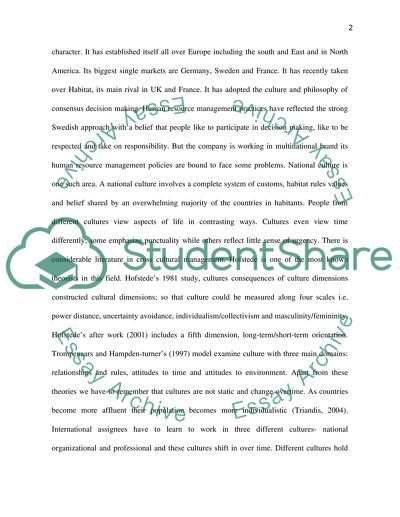Cite this document
(Does the Universal Practice Model of HRM Exist Term Paper, n.d.)
Does the Universal Practice Model of HRM Exist Term Paper. Retrieved from https://studentshare.org/human-resources/1502689-international-comparative-human-resourcing-report
Does the Universal Practice Model of HRM Exist Term Paper. Retrieved from https://studentshare.org/human-resources/1502689-international-comparative-human-resourcing-report
(Does the Universal Practice Model of HRM Exist Term Paper)
Does the Universal Practice Model of HRM Exist Term Paper. https://studentshare.org/human-resources/1502689-international-comparative-human-resourcing-report.
Does the Universal Practice Model of HRM Exist Term Paper. https://studentshare.org/human-resources/1502689-international-comparative-human-resourcing-report.
“Does the Universal Practice Model of HRM Exist Term Paper”, n.d. https://studentshare.org/human-resources/1502689-international-comparative-human-resourcing-report.


